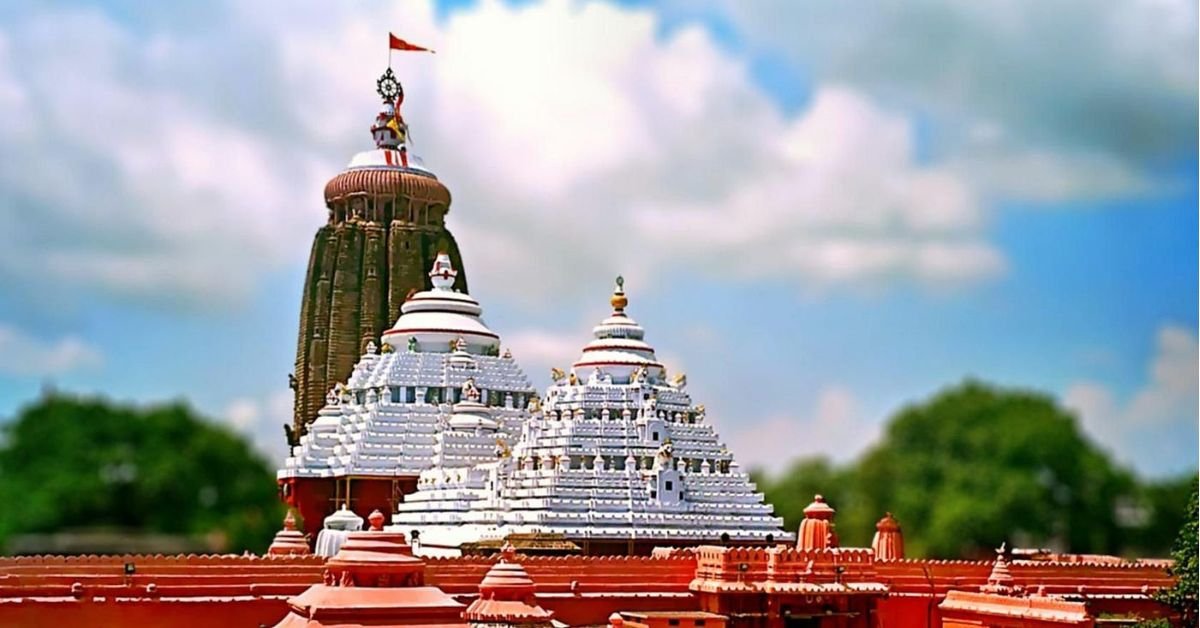Shree Jagannath Temple Nestled along the serene shores of the Bay of Bengal, the holy city of Puri is home to one of India’s most revered spiritual sanctuaries – the magnificent Shree Jagannath Temple. This iconic temple, with its distinctive architecture and deep-rooted cultural traditions, has drawn devotees and travelers from around the world for centuries, making it a must-visit destination for anyone exploring the spiritual heart of Odisha.
As you step through the towering temple gates, you’ll be transported into a realm steeped in legend and devotion. The colossal structures, adorned with intricate carvings and vibrant colors, stand as a testament to the incredible artistry and architectural prowess of the Kalinga Empire of the 12th century. But the true allure of Shree Jagannath Temple lies not just in its physical grandeur, but in the rich tapestry of rituals, festivities, and profound spiritual significance that have been woven into the very fabric of this holy site.
How to reach:
By Air: The closest airport to Puri is the Biju Patnaik International Airport in Bhubaneswar, located approximately 60 km away. From the airport, you can hire a taxi, avail of regular bus services, or even use ride-hailing apps like Ola or Uber to reach Puri. The journey by road typically takes around 1.5 to 2 hours.
By Train: Puri boasts a well-connected railway station, receiving trains from major Indian cities like Kolkata (approximately X hours), New Delhi (approximately Y hours), Mumbai, and Bengaluru. The station’s proximity to the Shree Jagannath Temple makes it a convenient choice for travelers.
By Road: Puri enjoys excellent road connectivity to other parts of Odisha and nearby states. You can choose between hiring a private taxi, taking a comfortable bus from cities like Bhubaneswar, Cuttack, or Konark, or using ride-hailing services (if available) to reach Puri. The road journey offers a picturesque experience, allowing you to witness the stunning coastal landscapes of Odisha.
Best time to visit:
Pleasant Winters (November to February):
- Ideal weather: Embrace comfortable temperatures and low humidity, perfect for sightseeing and temple exploration.
- Ratha Yatra preparations: Witness the captivating build-up to the renowned chariot festival, even if it falls outside your visit.
- Fewer crowds: Navigate the temple complex with ease amidst a smaller visitor base.
Springtime Delights (March to May):
- Warmer days, occasional showers: Enjoy slightly warmer temperatures with the occasional refreshing sprinkle.
- Dola Yatra vibrancy: Immerse yourself in the Dola Yatra festival, celebrating the deities’ joyous swing.
- Greater availability: Secure accommodation and travel arrangements more conveniently compared to peak tourist months.
Summer’s Vibrancy (June to August):
- Heat and humidity: Be prepared for hot and humid weather, though this coincides with the famous Ratha Yatra.
- Thrilling festival: Witness the massive crowds and immersive experience of the Ratha Yatra, but expect a bustling temple complex.
- Peak season challenges: Securing accommodation and transportation might be more challenging.
Monsoon’s Tranquility (September to October):
- Cooler temperatures, lush greenery: Embrace the serene atmosphere with cooler temperatures and vibrant landscapes.
- Fewer crowds: Enjoy a peaceful and contemplative visit to the temple with a smaller visitor base.
- Potential restrictions: Heavy rains might cause closures or limited access to some areas of the temple complex.
Attractions:
The Main Temple, Shree Jagannath Temple:
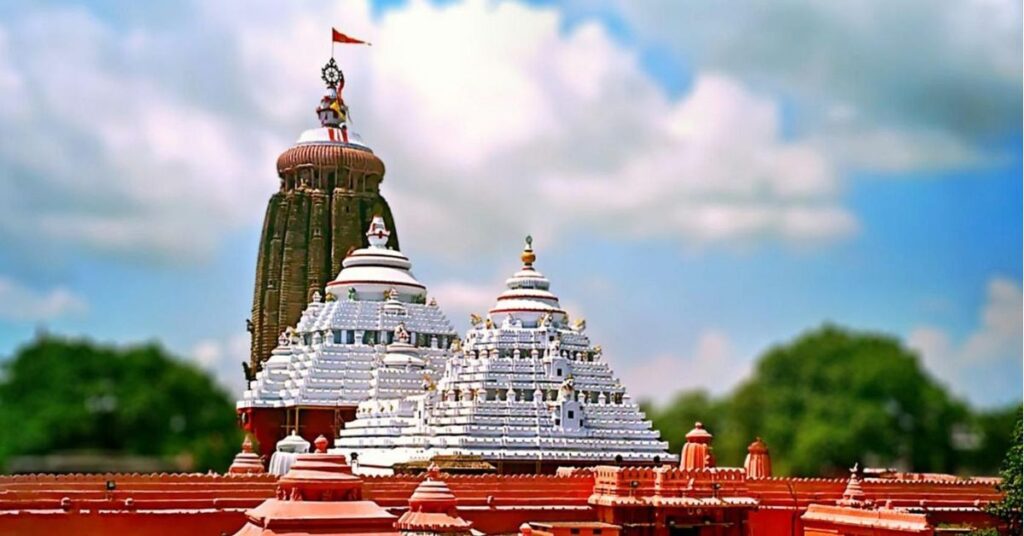
The crown jewel of the Shree Jagannath Temple complex is the colossal main temple. Its towering spire, the Deula, pierces the sky, visible for miles like a celestial finger beckoning pilgrims. Kalinga and Oriya influences intertwine in the temple’s architecture, creating a tapestry of intricate carvings that dance across the vibrant exterior. Stepping through the imposing gates, you’re met with a breathtaking display of scale and grandeur. This architectural marvel has stood for centuries, a silent guardian of the region’s rich cultural and spiritual heritage. Inside resides the holy trinity – Lord Jagannath, Lord Balabhadra, and Goddess Subhadra. Their sacred forms are the focal point of countless rituals and devotional practices that thrum through the temple year-round. Prepare to be swept away by the spirit of this sacred place, where faith and artistry intertwine to create a truly awe-inspiring experience.
The Ratna Bhandar:
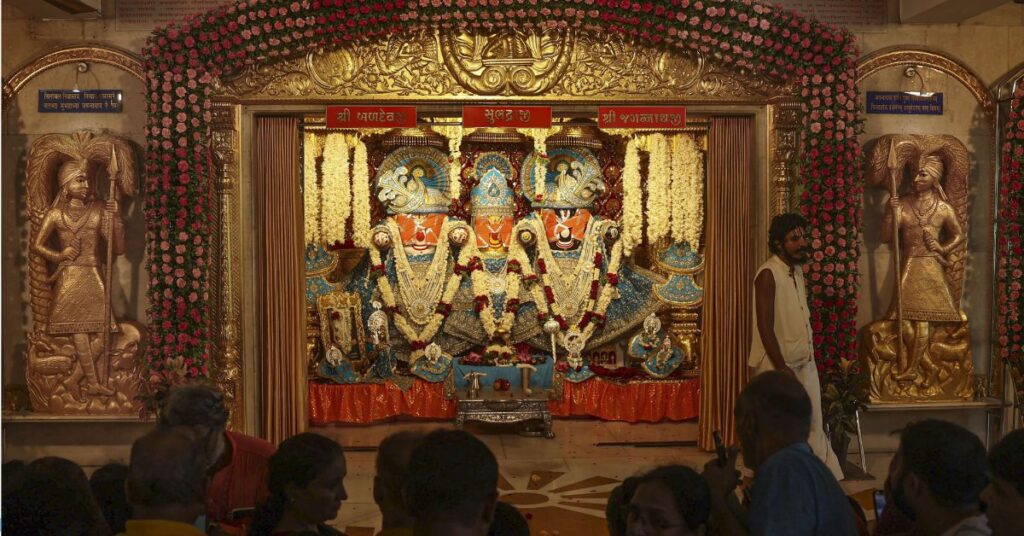
Deep within the temple complex, a hush falls over a hidden chamber – the Ratna Bhandar. This revered space acts as a treasure trove, safeguarding the dazzling jewels and ornaments that adorn the deities during festivals and special occasions. Access to this inner sanctum is strictly controlled, adding a layer of mystery that fuels whispers and speculation. Only a select few – priests and high-ranking temple authorities – hold the key, further piquing the fascination of devotees and visitors who can only imagine the wonders within. These treasures are believed to be far more than just jewels; they are imbued with immense cultural and spiritual significance. Their careful preservation is a sacred duty, one the temple caretakers hold close to their hearts.
The Jagmohan:
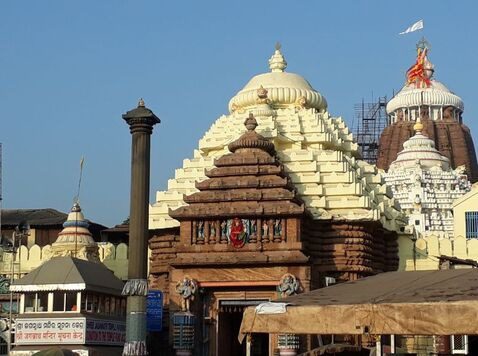
Dominating the temple complex, the Jagmohan stands as a majestic hall. Throughout the year, this impressive structure serves as a stage for diverse rituals and cultural performances. Towering pillars and intricate carvings adorn the Jagmohan, a testament to the remarkable skill and architectural mastery of the region’s artisans. For centuries, this hallowed space has fostered a confluence of spiritual and intellectual pursuits.
Renowned scholars and religious figures once convened on the Mukti Mandap platform to engage in discussions on philosophy and theology. The Jagmohan’s tradition of hosting vibrant festivals, captivating dance recitals, and other cultural events continues today, solidifying its role as a dynamic and enthralling heart of the temple complex.
The Nata Mandir:
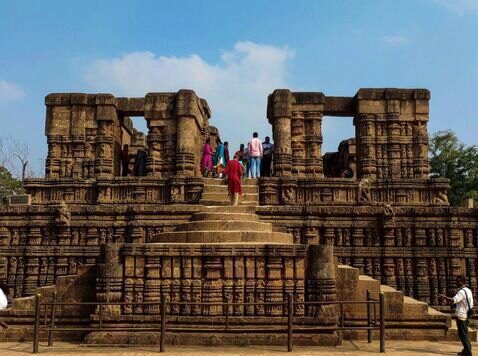
Nicknamed the ‘Temple of Dance,’ the Nata Mandir stands as a testament to the deep wellspring of artistic expression that has always flowed alongside the spiritual significance of the Shree Jagannath Temple complex. Originally designed to house cultural performances and religious dances, the Nata Mandir’s role has transformed over time. Today, it serves as a vibrant stage for various festivals and cultural events, keeping the artistic spirit alive. The intricate carvings and unique design elements that grace the temple’s architecture speak volumes about this longstanding tradition. Visitors are often fortunate enough to witness captivating performances of traditional dance forms and music within the Nata Mandir’s walls. These experiences offer a window into the rich cultural tapestry that has become an inseparable part of this sacred space.
The Swetha Ganesha:
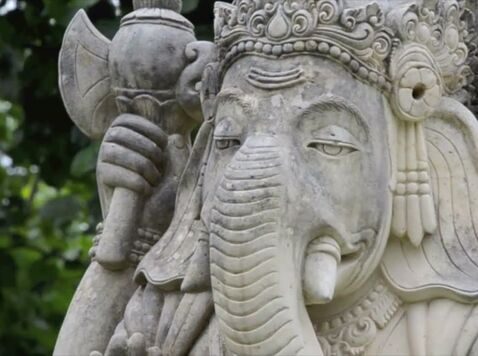
Within the temple complex’s embrace, a revered white statue of Ganesha, the elephant-headed deity, draws the eye. Known as the Swetha Ganesha, this captivating depiction is a magnet for devotees seeking blessings and guidance. Local belief imbues the Swetha Ganesha with immense spiritual power, prompting many pilgrims to make a special pilgrimage to offer prayers and seek the deity’s favor. The sacred image deepens the temple’s rich tapestry of spiritual significance, serving as a beautiful testament to the diverse pantheon revered within these hallowed walls
Local Experiences:
Ratha Yatra: Witness the electrifying Chariot Festival (June/July) and its vibrant cultural procession.
Daily Rituals: Observe serene morning & evening prayers, intricate pujas, and devotional chants. Participate in aarti ceremonies.
Temple Kitchen: Explore the Mahaprasad Bhoga Mandap, see skilled cooks prepare offerings, and savor the Mahaprasad (sacred food).
Local Artisans: Learn traditional techniques and cultural significance of handicrafts. Browse vibrant markets for souvenirs.
Cultural Performances: Immerse yourself in local folk dances, classical forms, and devotional music at the Nata Mandir and other venues.
Spiritual Journey: Participate in guided meditations, lectures, or pujas at various shrines. Seek blessings and connect with the divine.
Travel tips:
Festival Crowds: For major festivals like Ratha Yatra (June/July), book accommodation and transportation well in advance to secure your spot.
Dress Code: Respect the temple’s sanctity by dressing modestly. Shoulders and knees should be covered; avoid revealing or tight clothing.
Temple Etiquette: Be aware that some areas, like the Ratna Bhandar, are restricted. Follow temple rules and staff instructions.
Beat the Crowds: To avoid peak crowds, especially on weekends, aim for early mornings or late afternoons for a more serene experience.
Comfortable Shoes: The temple complex is vast, so pack comfortable, closed-toe shoes for all the walking.
Guided Tour Option: Consider a guided tour for deeper insights into the temple’s history, architecture, and cultural significance.
Cash for Offerings: Carry cash for offerings and purchases. Many rituals and vendors prefer cash.
Hydration and Snacks: Bring water and light snacks to stay hydrated and energized, as food options within the temple are limited.
Photography Guidelines: Photography is generally allowed in public areas, but might be restricted in inner sanctums or during ceremonies. Respect these guidelines and ask permission before taking photos.
Conclusion
Witness the amazing Ratha Yatra festival, watch daily prayers, meet friendly local artists, and even try some spiritual practices. There’s so much to see and do! Make your trip even better with our easy guide on Xplro.com. We’ll help you plan ahead, especially for big festivals. Just remember to dress modestly, follow the temple rules, and get there early to avoid crowds. Pack comfy shoes, bring cash for offerings and souvenirs, and stay hydrated with water! Be respectful and ask before taking photos. By following these tips, you’ll have a fantastic time and learn lots about Puri’s rich culture and history.
FAQs
What are the main deities worshipped at the Shree Jagannath Temple?
- The temple is dedicated to the worship of Lord Jagannath, Lord Balabhadra, and Goddess Subhadra, who are the principal deities.
When is the famous Ratha Yatra festival celebrated?
- The Ratha Yatra, a grand annual festival, is celebrated during the months of June or July when the deities are taken out in a ceremonial procession on massive chariots.
Can non-Hindus visit the Shree Jagannath Temple?
- Yes, Shree Jagannath Temple is open to visitors of all faiths, though there may be some restrictions on entry and access to certain areas of the temple complex.
What is the dress code for visiting Shree Jagannath Temple?
- Visitors are required to wear modest clothing that covers the shoulders and knees, and avoid wearing revealing or tight-fitting attire to respect the temple’s religious and cultural norms.
Are there any photography restrictions within Shree Jagannath Temple?
- Photography is generally permitted in the outer areas of Shree Jagannath Temple, but may be restricted in the inner sanctums and during specific ceremonies.
What are the opening hours of the Shree Jagannath Temple?
- The temple complex is open from around 5 AM to 9 PM, with designated timings for different rituals and the opportunity for devotees to have darshan (viewing of the deities).
Is it possible to attend the daily puja (worship) ceremonies?
- Yes, visitors can witness the daily puja rituals performed by Shree Jagannath Temple priests, such as the Mangala Aarti and Sandhya Aarti, which are open to the public.
Can I purchase Mahaprasad (sacred food offerings) at Shree Jagannath Temple?
- Yes, the Mahaprasad, which has been offered to the deities, can be purchased and consumed by visitors within Shree Jagannath Temple complex.
Are there any restrictions on the types of offerings allowed at Shree Jagannath Temple?
- Certain offerings, such as meat, alcohol, and some flowers, are not permitted to be brought into the temple premises.
Can I participate in spiritual rituals or seek blessings at Shree Jagannath Temple?
- Visitors can engage in guided meditation sessions, attend spiritual lectures, or perform puja rituals to seek the blessings of the deities.
Are there any nearby attractions or places of interest to visit in Puri?
- Puri is home to several other significant Hindu temples, as well as the beautiful Puri Beach and the Chilika Lake, which are popular tourist destinations.
What is the best way to reach the Shree Jagannath Temple in Puri?
- Puri is well-connected by road, rail, and air, and the temple is situated in the heart of the city, making it easily accessible to visitors.




